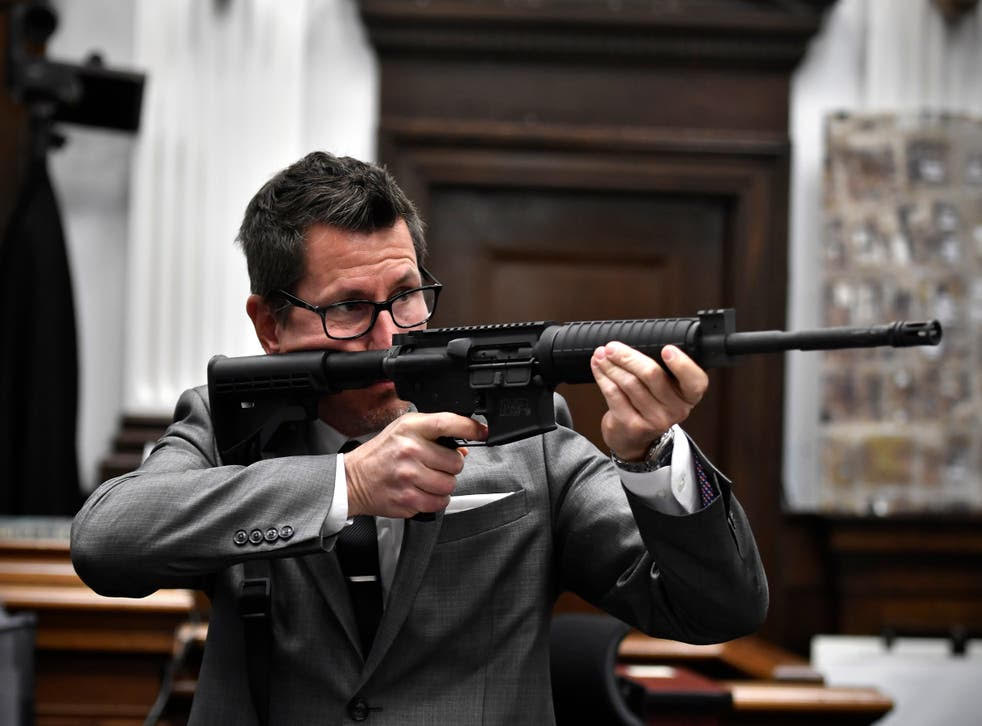Outdoor Life, What Really Happened to Jim Zumbo.
In his blog, Zumbo slammed ARs and the hunters who use them.
“We [meaning traditional hunters] don’t need to be lumped into the group of people who terrorize the world with them,” he wrote, and suggested that game agencies should “ban” ARs from the field. “Excuse me, maybe I’m a traditionalist, but I see no place for these weapons among our fraternity…. I’ll go so far as to call them ‘terrorist’ rifles.”
The rest of the article seems like an attempt at rehabilitation of Zumbo’s reputation in the firearms community.
I don’t really care what he thinks about hunting with AR-15s, or anything else. He owes me no apology, and I don’t demand any.
In fact, I don’t care what you hunt with, as long as you do your dead level best to ensure an ethical kill that leaves little room for pain and suffering.
If you want to bow hunt, that’s fine with me. If you want to use a crossbow, that’s fine with me too. I own a crossbow because I have shoulder issues that prevent a good, full length draw. If you want to hunt with an air rifle or a rock, that’s fine with me, or a muzzle loader, or a bolt action, or a lever action.
If you wanted to hunt indigenous game (e.g., white tail) with a machine gun, I would probably object because you’re killing for the sake of killing rather than for meat. I agree with killing for the sake of killing if it’s an invasive species or a pest like wild pigs (if we continue to let them roam and reproduce, soon enough we won’t be able to grow the crops necessary to feed ourselves).
But I do have a problem with Zumbo, and this is it. He sees the hunting and shooting community as a “fraternity.” He wants to sick law enforcement on those who don’t agree with him or who are different. Or at least, he did.
Any man who wants to turn law enforcement on me is my enemy. Sports shooting, precision rifle shooting, 3-gun competition, 2-gun competition, IDPA competition, hunting, tactical training, or just plain range shooting for the fun of it, are in my book all legitimate sporting endeavors, not fraternities.
A fraternity gets to decide who becomes a member and what the rules are. Liberty and freedom means not having to join a fraternity. Jim can think whatever he wishes about hunting with modern sporting rifles. I couldn’t care less. What he cannot do is tell law enforcement to tell me I’m under arrest.
And no, I wasn’t a member of a fraternity in college. I won’t be part of Zumbo’s fraternity either.





